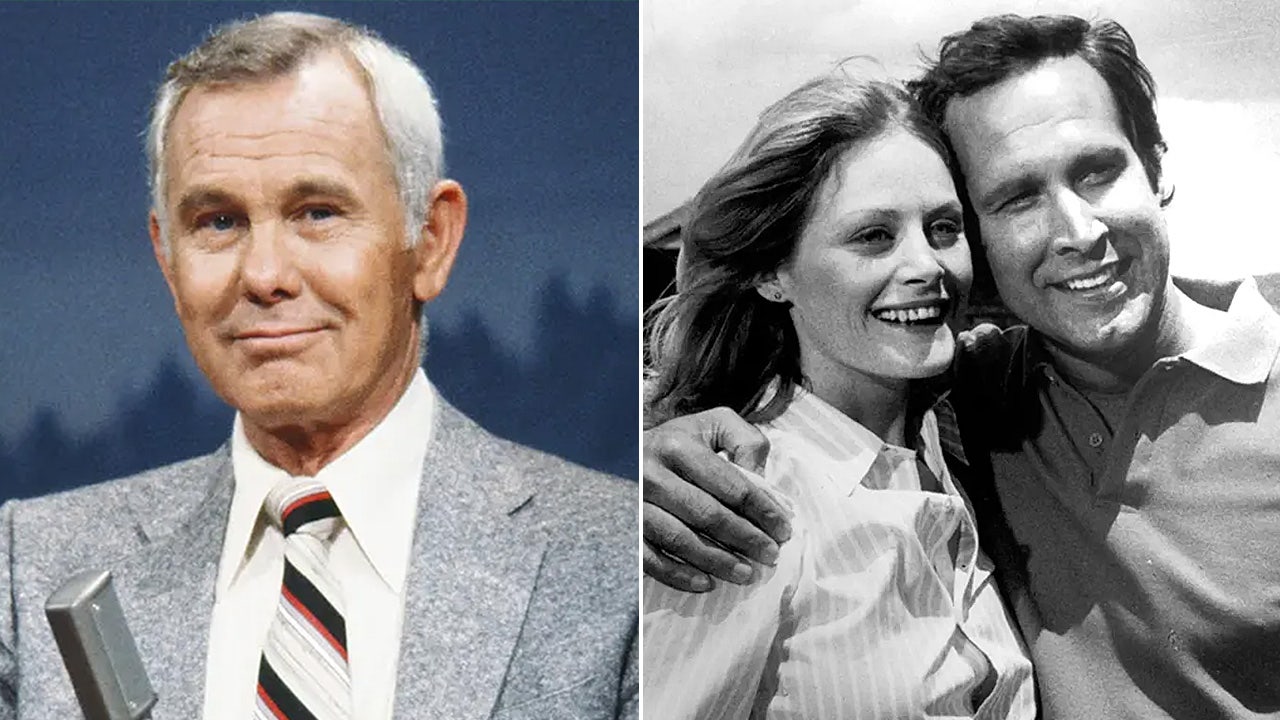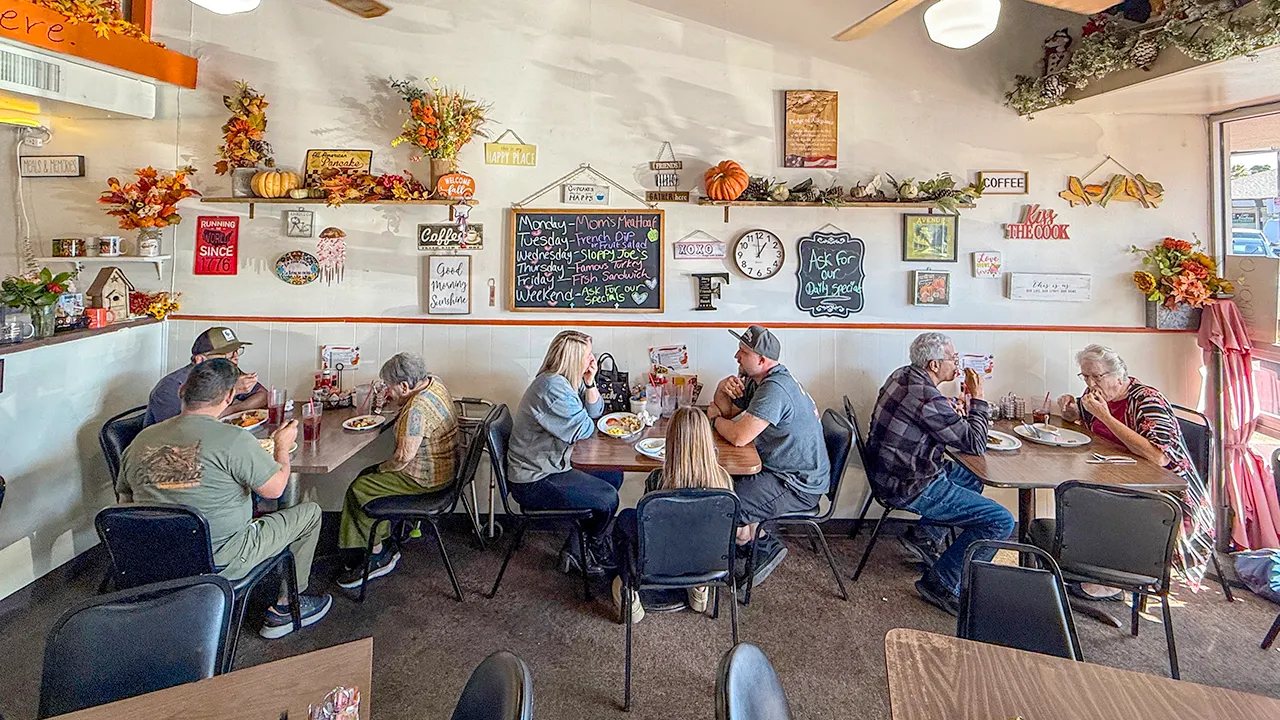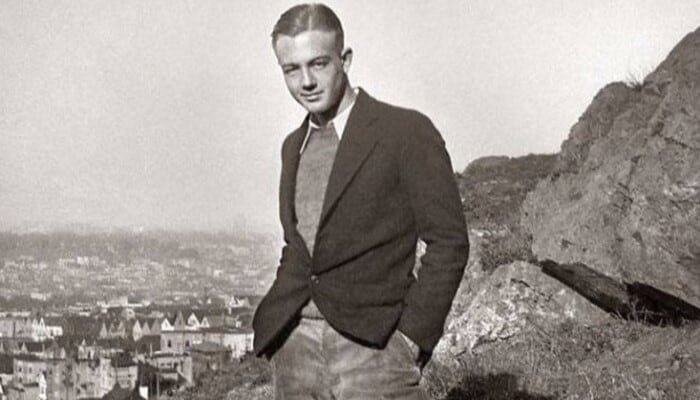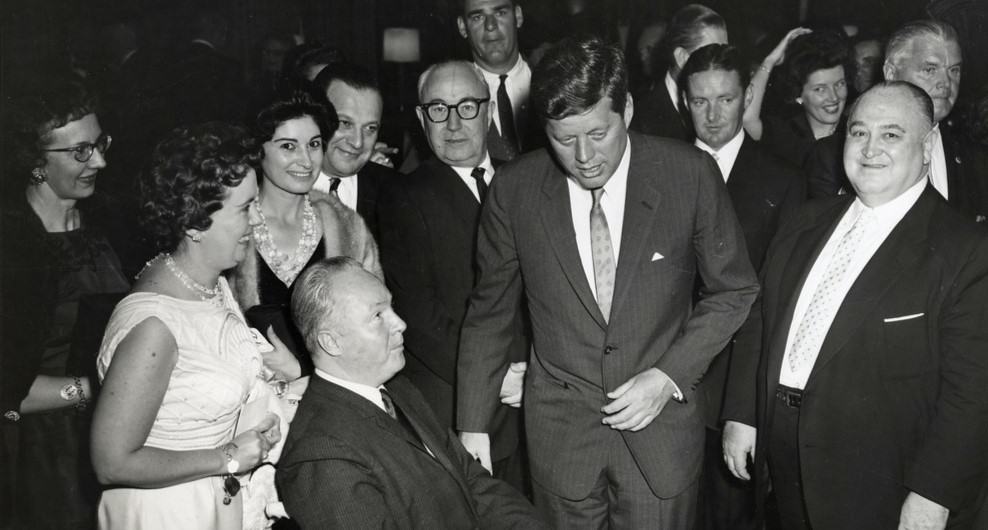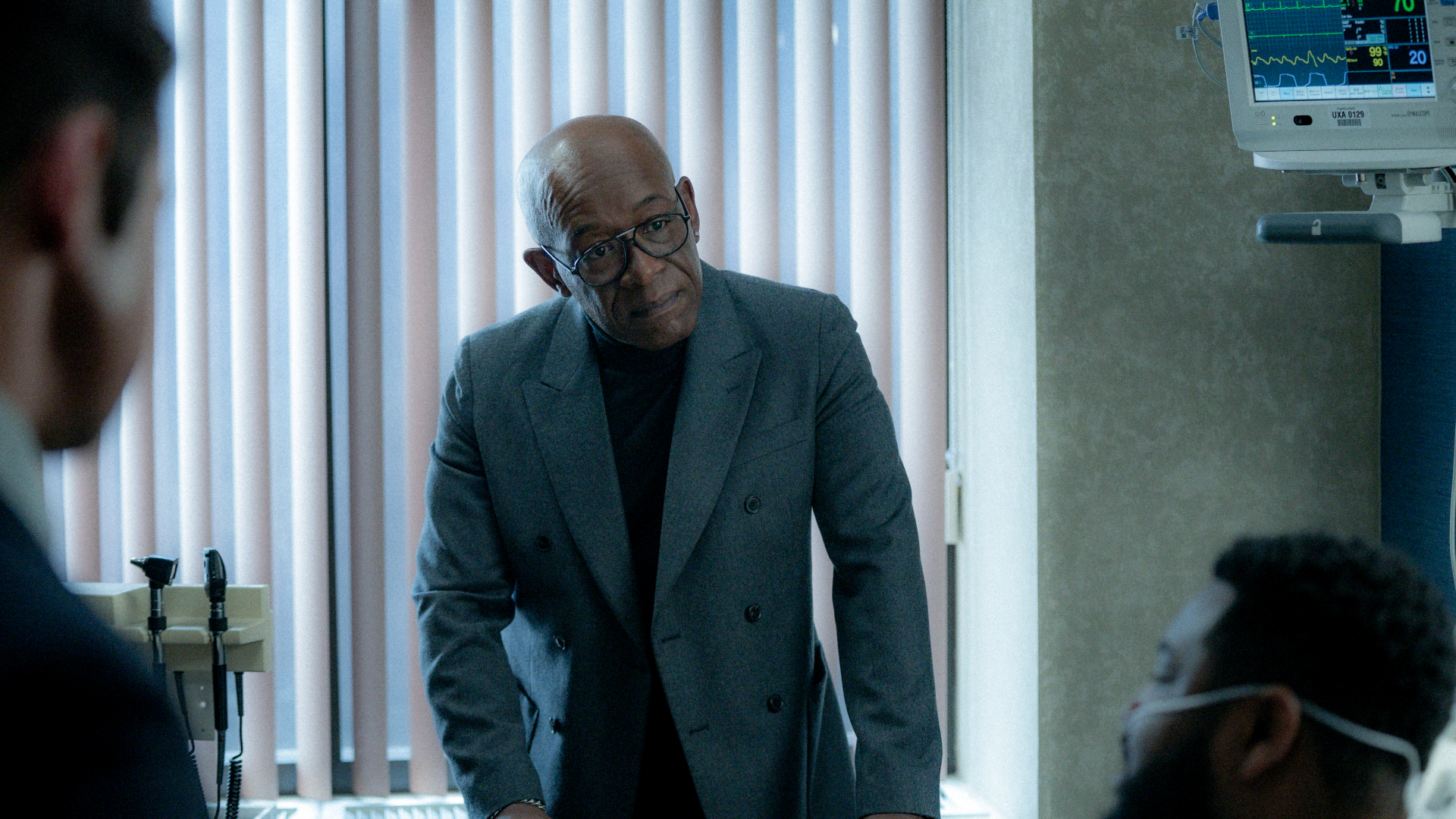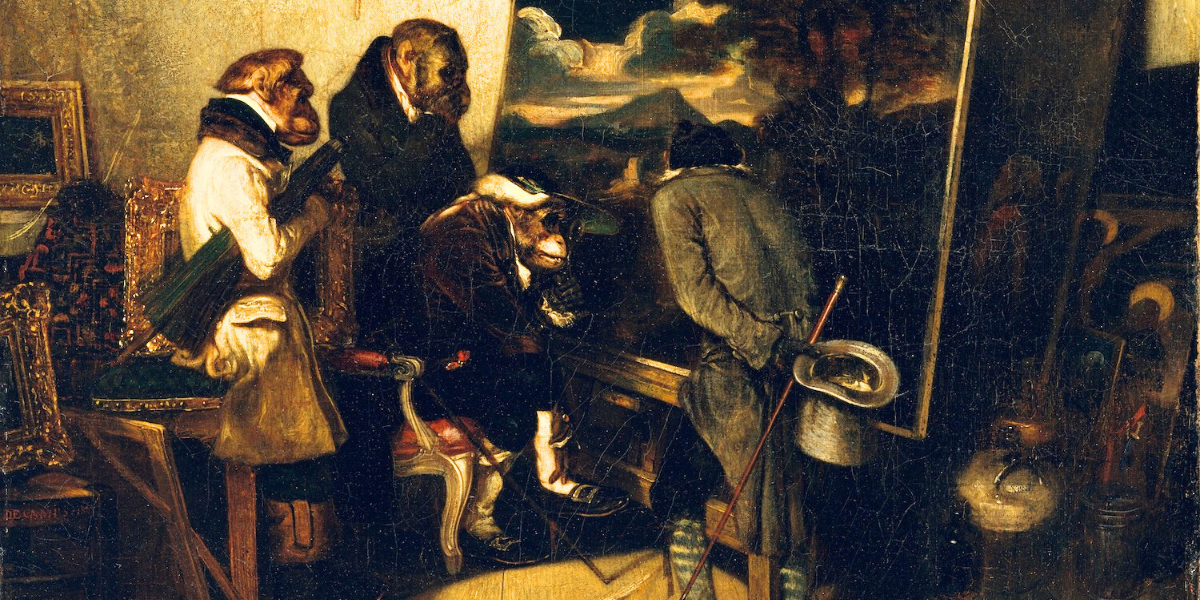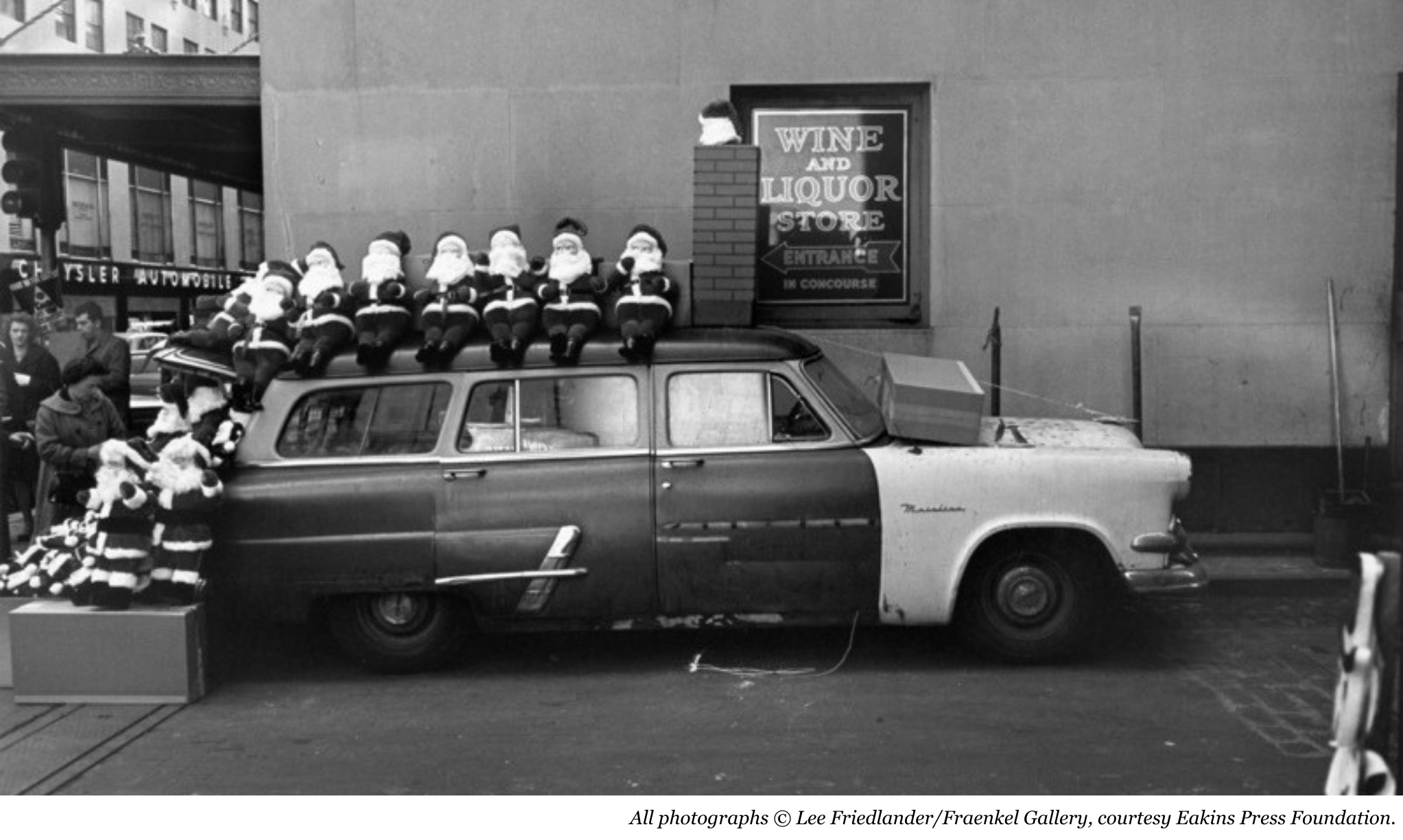My Wife Lived Countless Lives Before She Met Me
Connie by Catherine Lacey
Often X made the argument that our supposedly liberal society was illogically puritanical about age differences in romantic partners, that “some” fourteen-year-olds were more mature and capable than adults well over twice their age. I agreed this was a possibility, but it seemed sagacious teens were in shorter supply than lecherous adults, and lust itself has a transfiguring effect, a way of taking action and justifying it later. I’d once had a professor who’d pursued me while I was his student, and though I was technically and legally mature enough to consent, the imbalance of power seemed to me a warning. To this, X groaned: Didn’t I know that personal experience blurred the truth? And furthermore, she said, the professor obviously hadn’t been appealing enough to me, so it wasn’t an adequate example. I did not bring up the fact I’d been quite attracted to him, as I never mentioned any attractions I’d had in the past; I even found it difficult, in her presence, to remember them clearly, so completely my sense of desire and sexuality seemed to rest in her hands. We never reached a conclusion to this disagreement; we simply concluded and re-concluded that there was no use bickering over abstractions, though abstractions continued to be the sole subject of our bickering.
X often spoke of the truth as if it were a stable, glowing object—something just within her grasp—but she argued for the opposite as well, that reality itself was a shifting illusion, never to be known. I believed her on both accounts. I believed nearly everything she ever said.
But the memory of our abstract bickering came to me as I tried to understand X’s long-ago relationship with Connie Converse—whether they were a couple or an intense pair of friends, or whether such a distinction even mattered. Connie was twenty-one years older than X, roughly twice her age when they met, but each of them needed the other—intensely at times—and each of them behaved irrationally about the other in ways that suggest theirs was not a wholly platonic bond.
In November of 1971, after her affair with David Moser was uncovered and she was fired from her job at the deer processing plant, X began traveling vaguely eastward for a few weeks, forging a path of accidents, brief rides between small towns, soup kitchens, gas stations, and women’s crisis centers. “Another crisis center,” she noted in a journal. “It’s beginning to seem I may be having one.”
In her backpack X carried a little cash, a notebook, two photographs, two changes of underwear, a pair of clean socks, a camera, and several newspaper clippings. She had a folding knife tucked into her bra. If anyone asked, she would have said her name was Dorothy Eagle, that she was twenty-one, that she’d been born in Kentucky. If anyone offered her anything, she took it—rides, food, a place to stay, money.
X had no home, no family, no connections—and yet she moved with a propulsive forward force, sure of her fate. She had forgotten her origins and thought only of the future, all her allegiance placed in the years to come.
Her aimless months of hitchhiking away from Montana landed her in Ann Arbor, Michigan, where, on Thanksgiving Day 1971, she met Connie Converse at a soup kitchen where X was eating and Connie was serving. For years, Connie had been living in a deepening depression; volunteering—the only human contact she had aside from her secretarial job—was her primary salve. Connie’s younger brother, Phil, told me she had become preoccupied with the Southern Territory at this time, and the more she read about the famines and prisons and oppression down there, the more pointless life seemed, and the more pointless life seemed, the more she wanted to know about the world’s cruelties.
As is often the case with betrayed love, Connie and X remembered their first meeting differently. In writing, each casts the other as the nexus of their entanglement, remembers herself as the clueless bystander caught up in the other’s plans. In Connie’s unpublished memoir, she wrote that “a young woman named Dorothy Eagle” approached her in tears, saying she’d been turned away at the women’s shelter and needed a place to sleep for a few nights.
“She caught me off guard,” Connie wrote, “and I could hardly believe myself when I said she could stay with me. I don’t know why that seemed like the right thing, as it makes no sense looking back at it . . . Then some months passed and she was still there—I suppose I forgot she was supposed to be looking for a place. Forgot or just didn’t mind.”
X’s diaries—though perhaps they are not to be trusted—tell a different story:
This lady picked me up in a soup kitchen and has put me up in her place for now. Her line was that she was a writer, too, as she’d seen me with my notebook. I can’t imagine how desperate a person has to be to approach a stranger to say that—I’m a writer, too. But I was tired of crisis centers and park benches. Been here a week or something, and every night she starts getting panicky after the sun goes down, like she isn’t sure what to do with me, like something has to be done. I’d say it’s probably doomed.
Connie had been living in Ann Arbor since 1960 after a fifteen-year stint in New York. When she dropped out of college in March of 1945, she’d been certain of her talents as a musician and a writer. Her drive toward a career as an artist was derailed by the Goldman assassination in April of that year, then extinguished when the Great Disunion occurred that autumn. Like many others in their twenties, Connie threw herself into protest and activism nearly full-time—marching, writing letters, volunteering, or reading the horrific news between her temp jobs. When the pace of the movement to liberate the Southern Territory slowed in 1946, returning to her pursuit of folk music and fiction seemed absurd. In a letter to her brother from May of that year, she sums up her problem: “Is life in the small things, in songs or stories, or is it in the large things, in the country, its laws, in the liberty and safety of others? I feel it cannot be in both. I cannot be in both. I am so weary, Phil, I can hardly sleep but I can hardly get out of bed.”
As the years went on she tried to remain in both worlds. She wrote her dour ballads, and occasionally a political essay, while still attending and helping to organize rallies and sit-ins and letter-writing campaigns. Both pursuits were rife with rejection. Demanding liberation of the ST was increasingly Sisyphean, but Connie’s attempts to get a manager for her music career were just as hopeless, and she was losing stamina for open mic nights. Activism became her tool for avoiding her creative ambition, and her music seemed like a time-wasting escape from the urgent reality of her activism. This stalemate continued into the 1950s, punctuated by occasional moments of success—a good show, a new song—and in 1954 she was invited to perform on The Morning Show with Walter Cronkite. None of it was ever quite enough.
The same year as her Morning Show performance, Gene Deitch invited Connie to perform at his salon, a regular event he held and recorded in his Greenwich Village apartment. Connie arrived in a long shapeless dress, leading someone to quip that she’d “just come in from milking the cows,” to which she retorted, “I’ll milk you,” then took up her guitar and began to play. She impressed the crowd that night, though they still found her strange and old-fashioned. The problem, perhaps, was that Connie had all the qualities a male folk musician was allowed to have in the 1950s and none of what was expected of a female singer. She was bewildering when she should have been seductive, rugged when she should have been glamorous. Her songs were about steely women when they should have been about powerful men. Her voice had a stilted, pedantic quality—the sort of irregularity celebrated in Bob Dylan—instead of the nostalgic, mellifluous tone of a woman. A booking agent told her she needed to buy some lipstick and high heels before he could get her gigs. Shades of equality could be seen elsewhere in the Northern Territory, but stages and spotlights still demanded a beautiful docility. At the time, few noticed or cared about correcting the prejudices in an industry seen as ultimately frivolous.
Connie met similar hurdles with her writing. A prominent editor once rejected one of her short stories on the grounds that it was “too morose.” Her essays were often accused of being vitriolic, irrationally negative, or obsessed with trivialities. Now that Emma Goldman’s policies had delivered paid maternity leave, federally mandated equal pay, and subsidies for housework, what did women have to complain about? In 1960, Connie gave up and moved to Ann Arbor, got a job as a secretary, and mostly gave up her creative work. X’s arrival in 1971 diverted Connie from her plans to drive her Volkswagen off a cliff she’d chosen in Canada.
When X and Connie met, each had reached a sort of impasse that seemed to winnow their focus on each other. While Connie had been discouraged enough to believe the impasse was the sole destination of her life, X was young enough to believe she could hurtle herself over it. “I only know that I have to create a powerful monster, since I am such a weak one,” X wrote in the journal she kept while living with Connie. “I have to create a monster apart from me, someone who knows much more than I know, who has a world view, and does not get such simple words wrong.”
Early in December 1971, Phil Converse stopped by to check on his sister, and wrote a letter to his mother about what he found:
There’s this young woman, a Dorothea [sic] Eagle, living with Connie for now. Must be half her age. I think it’s a little strange to just take in a woman we don’t know (homeless?), but it does seem the company has done Connie some good. She has to set her mind on something or else she gets all flustered. She’s cooking in earnest—there was even a big cake under a dome, like a holiday.
When Connie admitted she’d once been a musician, X asked her new friend to sing for her. Connie refused. X kept asking; Connie kept refusing. It was only after X found two tape reels in a closet labeled MUSICKS VOLUME I and MUSICKS VOLUME II—Connie’s home demos and the recording of the Deitch salon—that X first heard her talent. Arriving home from work that evening, Connie was chilled to hear those old recordings again, a past self sneaking into the present.
It seems that the more she loved someone, the more pain she wanted to dredge up, the more demanding she became, no matter the cost, no matter the damage.
This sort of gesture—to force someone into feeling what they wanted to avoid—was something X did all her life to anyone she felt she had the right to change. It seems that the more she loved someone, the more pain she wanted to dredge up, the more demanding she became, no matter the cost, no matter the damage. In her notebooks, Connie recalled that odd morning that her friend Dorothy found a new strategy to force Connie to become (or recall) the sort of person X wanted her to be:
It was a kind of drag, I guess. She layered all these clothes on, kind of stooped a little, wore this wig and dark sunglasses. She came out of her room looking like that and we sat there, eating breakfast. I remember saying, “Well, good morning, and what’s your name?” And she said, “Bee Converse.” And I asked if that meant she was my sister and she said, maybe. My brother, my wife, my husband? Cousin? She kept saying “Maybe” or “Who knows?” And later she went to the piano and started playing “The Ash Grove” and other songs. I sang with her on some of them, something I hadn’t done in years. I didn’t know she played piano. But that was just how we went about things—not having to explain ourselves.
Connie’s brother, Phil, stopped by unannounced one evening that winter and introduced himself to Bee, not realizing she was Dorothy. Having fooled someone without even trying, X had the confidence to go out in public as this new persona. One night in March 1972, Bee joined Connie and a few of her co-workers at a pub. With their two-decade age difference less apparent beneath the costume, they were pegged as a couple right away.
Eileen Ellman, who worked with Connie at The Journal of Conflict Resolution, remembered, “It was so clear how happy they were, would’ve been silly to point it out. But nobody had ever seen Connie Converse with a date. It would be like seeing a cat wearing shoes . . . Then to hear that they had the same last name—where they married already? Or cousins? They tried to shrug it off—just old friends—but nobody was buying it. You could tell from the way Connie looked at her. Something was going on.”
In X’s archive, I could find only one note from Connie, an inscription in a Thomas Bernhard novel: “We are a pair of solitary travelers slogging through the country of our lives.” When X told Connie she was planning to move to New York that spring, Connie discouraged her, insisting that New York was a cesspool of hacks and frauds who just want fame at any cost.“ Anyone will stab you in the back to get ahead,” she said, “and no one wants anything to do with you unless you’re ahead of them in the game, and even then what they most want is to defeat you, take your place . . . That’s all it is, a place full of people eating. Just people eating everything right up.”
But Connie’s objections were no use. At the end of March, X hitchhiked away as suddenly and easily as she’d arrived. Connie stayed in bed, barely ate, lost her job, stopped bathing. Her brother came by to check on her, but she wouldn’t speak to him. A month later, she found several letters in the hill of mail piled up at the front door:
Dear Connie,
Please get in your car and drive to New York City. My address is 23 Grove Street.
Your Friend,
Bee Converse
Dear Connie,
It would do you some good to get out of Ann Arbor. My address is 23 Grove Street in New York City. Bring your guitar.
Your friend,
Bee Converse
Dear Connie,
See my other letters. I am not kidding around here. 23 Grove. New York, NY. That’s Manhattan.
Your friend,
Bee Converse
X also sent a letter signed by “Dorothy”—three pages of yellow stationery in bulbous cursive. “I cannot imagine what might be keeping you in Ann Arbor when there is so much life and opportunity for you here. It is certainly not the same city that you left in 1961. You won’t recognize it. You may not recognize yourself, either. Bee complains of your absence all the time,” she wrote. “People do cling to consciousness, and under the most dreadful circumstances. It shows you that it is all we have, doesn’t it? Waking up, the first and the last privilege, waking up once more.” She must have known, whether explicitly or implicitly, how close Connie always was to suicide.
That night Connie got out the shoebox where she’d hidden the few things that X had left behind—a lighter, a barrette, several bobby pins, and a clipped-out article from a magazine, a profile of a man who’d been orphaned when his unmarried mother murdered his wealthy father. The story, Connie remembered, had been headline news when she’d first moved to New York—a crime of passion, gossip fodder—but she wasn’t sure what interest X would have had for it. The next morning, Connie pocketed the article and the lighter, clipped the barrette into her hair, left a note for her brother saying she was going to find a new life for herself, and drove to New York City. Phil would not see his sister again until he was called in to identify her body, nine years later, in 1981.
As I tried to make sense of X’s relationship with Connie, and as I failed to uncover the truth of it, I sometimes recalled—though I wished I could forget it—that old fight of ours about romance over age gaps, and X’s claim that my personal experience had warped my ability to see this issue clearly. With them, however, expectations were inverted—Connie was the one helplessly in X’s thrall, despite her being twenty years older, and I wonder now if X had always been a thousand years older than anyone, that everyone she ever loved was always a child to her, always something to be molded, to control. Or perhaps it’s all much simpler than that: we cannot see the full and terrible truth of anyone with whom we closely live. Everything blurs when held too near.

